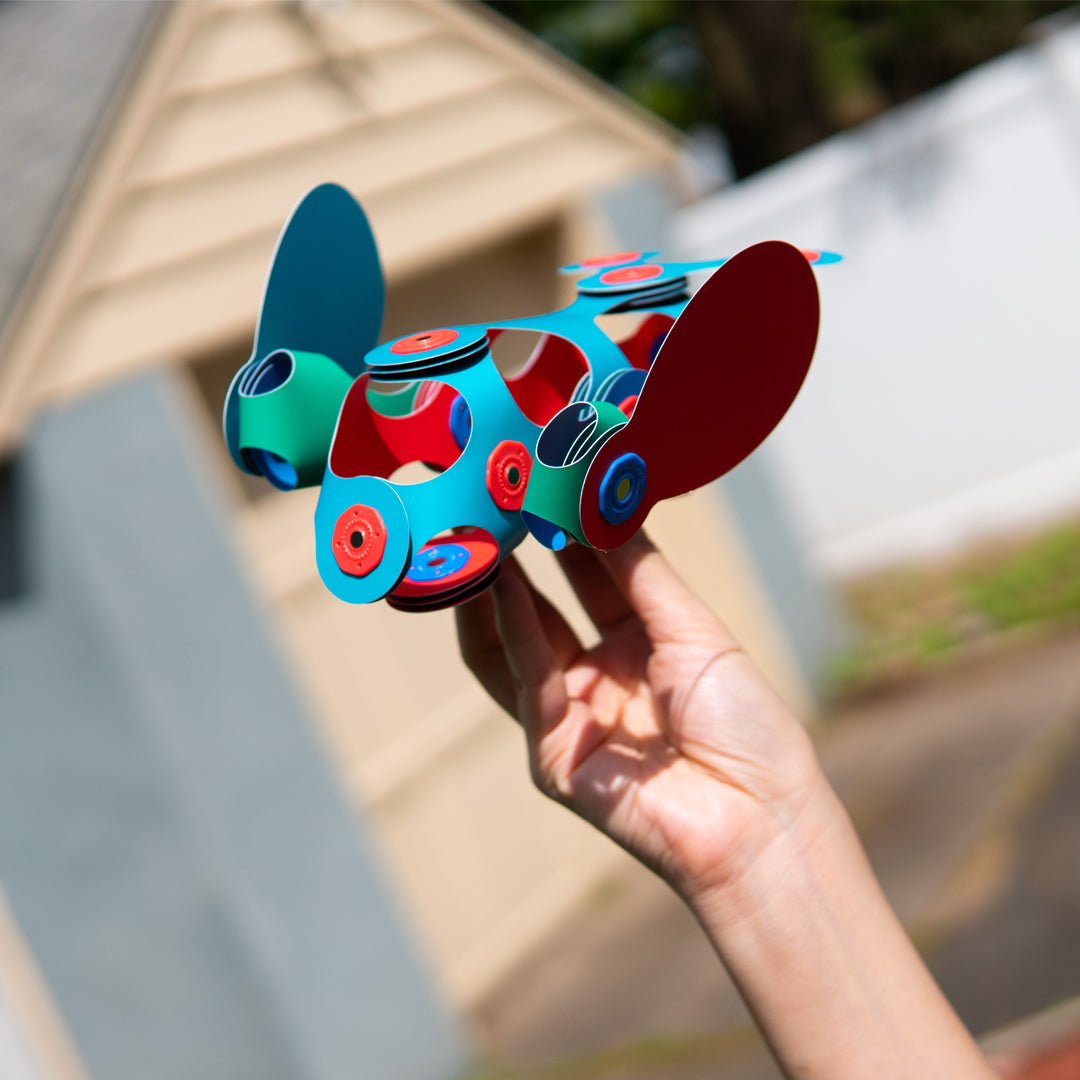STEAM Vs. STEM: What’s The Difference?
By Seb
STEM has been a buzzword in the educational community for quite some time now. Skills in this curriculum focus on science, technology, and math and are extremely valuable in the job market. The problem is that AI tech is creating software that’s going to be able to do these tasks. That’s where STEAM comes in.
With only a vowel difference, STEAM is an expansion of STEM that adds creative soft skills. As AI takes the place of certain roles, computers are never going to be able to perfect social and creative skills the way humans do.
So, when you’re thinking about setting your child up for their future, it’s important to incorporate to not only incorporate the core items we’re used to, but we also need to foster artistic and creative endeavors as well. Let’s look at the difference between STEM and STEAM and how to set your child up for success.
What is STEM?

To start, it’s important to understand what STEM actually is. Simply put, STEM skills focus specifically on scientific concepts. STEM stands for:
- Science
- Technology
- Engineering
- Math
They are also referred to as “hard skills.” Having STEM skills is incredibly valuable in the job market and can lead to high-paying jobs in the technology field. There is continuous growth in the job market, and the Pew Research Center reports that STEM jobs have grown 79% since 1990 which outpaces the rest of job growth in the United States.
As technology continues to advance, this makes sense. STEM jobs are the jobs that are contributing to the boom in technology, and they likely won’t run out anytime soon. With that being said, those who work in STEM are also creating technology that could make some jobs obsolete.
For example, STEM jobs such as data tracking and reporting could eventually be done only by
AI. Employers will no longer be looking only at hard skills. To stand out, potential candidates will need to have a list of creative and personal skills, as well.
What is STEAM?

Now that we know a little about STEM, let’s look at STEAM. That vowel makes all the difference when it comes to the skillset you’re learning. STEAM is STEM, but when you incorporate the arts. STEAM focuses on soft skills in the creative realm that help people solve problems. Another thing to remember is that STEAM doesn’t focus on the hard scientific part of a concept. STEAM works on understanding a concept.
In STEAM, you will focus on scientific skills, but also include:
- Humanities
- Language Arts
- Dance
- Drama
- Music
- Visual Arts
- Design
Any creative skill is going to apply in STEAM. Employers want to see skills outside of the scientific realm that will make a candidate personable and creative. In fact, 57% of employers value soft skills more than hard skills at this point.
What’s The Difference?
Since both STEAM and STEM are similar, it can be difficult to understand the difference. Both are valuable sets of skills but have different approaches to problem-solving. When you incorporate the arts with science, you get a well-rounded approach to critical thinking.
In STEM, students are typically encouraged to develop skills on their own. In STEAM, collaboration is a huge focus. Think about any art class you’ve taken. You don’t simply learn the skill of painting or drawing. You study other artists and work together on analyzing the work. This is the type of skill STEAM is trying to bring to STEM.
What are STEAM Careers?

You may be surprised to find that most leaders in the STEM world don’t have science or technology degrees. According to The Washington Post, only 37% of them had degrees in science or tech.
We are living in a world in which what you get your degree in doesn’t define the field you end up in. In fact, you may not even have a degree at all, but have the skills to make you employable. STEAM careers include:
- Architect
- Sound Engineer
- Graphic Designer
- Urban Planner
- Website Designer
- Animator
- Video Game Designer
When Should My Child Start Learning STEAM Skills?
While STEAM is a highly complex combination of skills, it’s never too early to start learning. STEAM skills are typically learned with a hands-on approach which can help your child during development.
Getting your kids involved in STEAM learning will also encourage them to start passions at a young age. Exposing them to science as well as the creative arts will give them so much to choose from as they learn and grow.
It can be easy to think that STEAM is too complex for the young ones, but there are plenty of simple activities to start them out. The activities don’t have to be complex. Early-life STEAM activities include:
Get Outdoors
One of the best ways to encourage STEAM skills in your child is to get outside. Try working on a garden at home to teach them patience and about plants and herbs. Go to a park and learn about birds and other parts of nature. The possibilities are endless outside.

Build Things
Something as simple as building blocks can develop STEAM skills. We recommend Clixo’s Rainbow Pack to start. The slim, flexible, magnetized pieces come in all sorts of shapes and sizes to encourage creativity. This simple activity is great for the beginnings of STEAM learning.
Read With Them
Reading is an excellent way to start your kids on STEAM learning. There are tons of books on the market, and picture books are great for when they are young.
Conclusion
The bottom line is that STEAM has evolved from STEM and for good reason. Adding in the arts ensures that children and adults alike are developing creativity along with technical skills. What good are the tech skills if you can’t problem-solve or bring new ideas to the table?
It’s never too early to start encouraging STEAM learning with your children. Educational toys are a great place to start. Remember, make learning fun!




